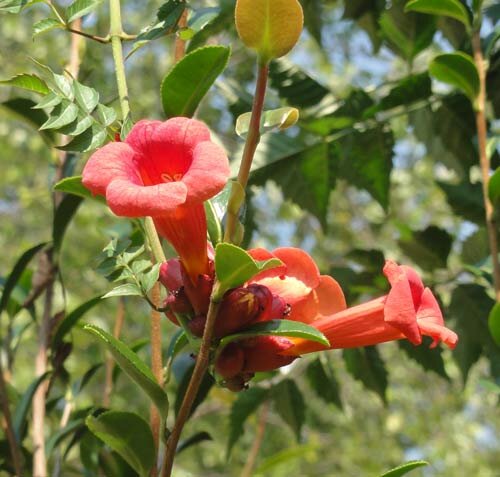Be Aware: Poisonous Plants in Maine
Plenty of plants and vine species are completely harmless to humans, and good for the environment in general. Other species are less friendly, as brushing up against some plants results in a painful or itchy rash. In Maine, there are a few poisonous plant species that result in dermatitis. The following is an examination of each of these poisonous species:
• Poison Ivy: Poison ivy has an oil on its leaves called urushiol, which causes a painful and itchy rash upon contact with humans. The plant has three green leaves growing in a bunch, usually found as a vine or as ground cover. The leaves are typically smooth or slightly serrated and almond-shaped, with a slightly larger middle leaf.
• Poison Oak: Poison oak also has urushiol oil and is often seen in bunches of three leaves. It is similar to poison ivy in many respects, with the main difference being that the three leaves are lobed, like the leaves of an oak tree. Poison ivy and poison oak can sometimes hybridize. Fortunately, poison oak struggles to grow in the northeastern states, and is fairly uncommon.
• Poison Sumac: Another producer of urushiol oil, poison sumac does not resemble poison ivy or poison oak. It is a shrub that grows primarily in stagnant wetlands, and may reach up to 3.5 meters in height. Its leaves are compound, and grow in bunches of 7-13 leaves. The bark and leaf edges are both smooth, unlike most other types of sumac.
• Trumpet Vine: Another plant responsible for causing dermatitis, trumpet vine is much more visually stunning than the other plants on this list. It is a woody vine that may climb as high as 15 meters and has between seven and eleven toothed leaves in a bunch. The flowers are trumpet-shaped and range in color from orange to bright red.

